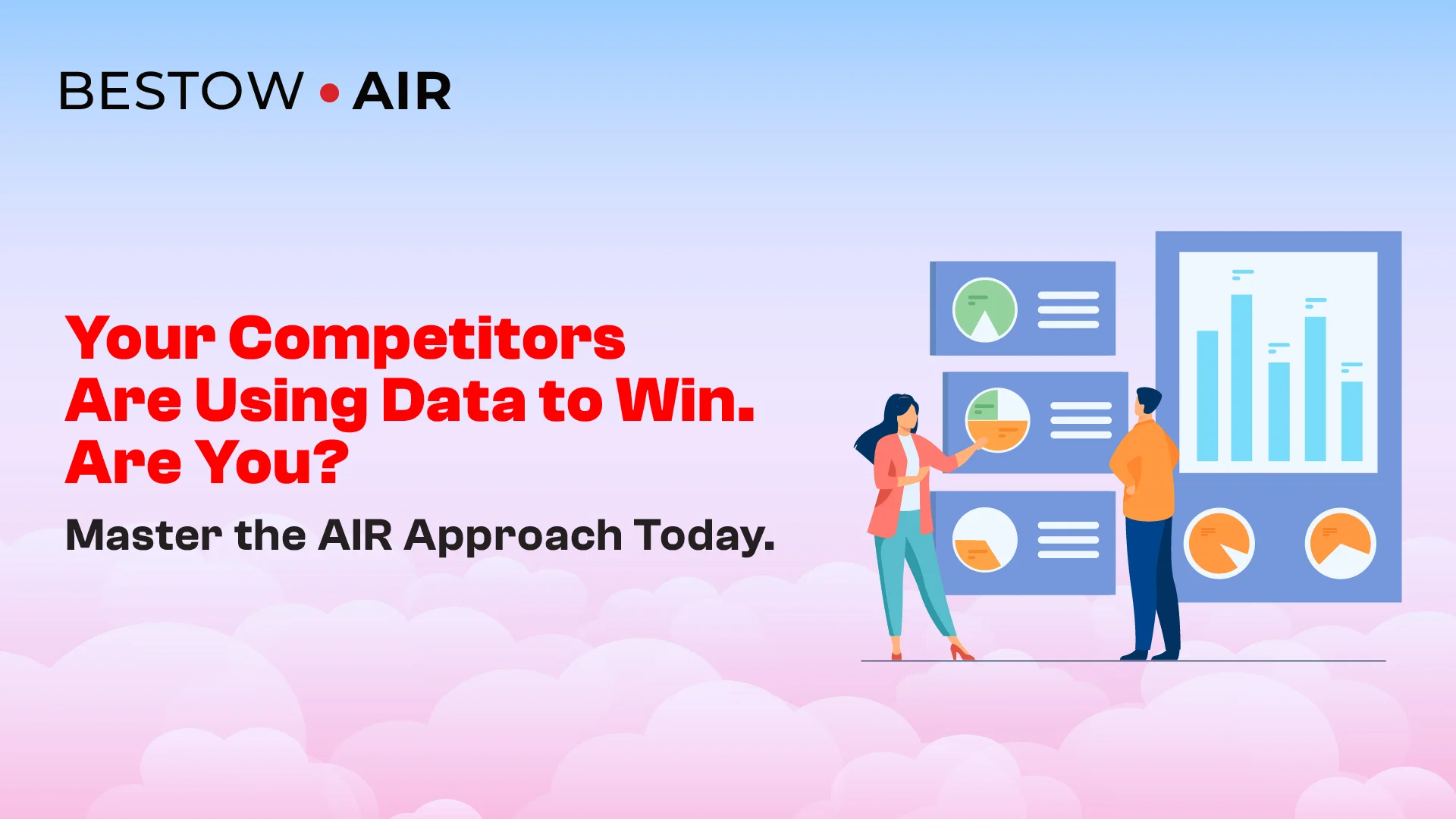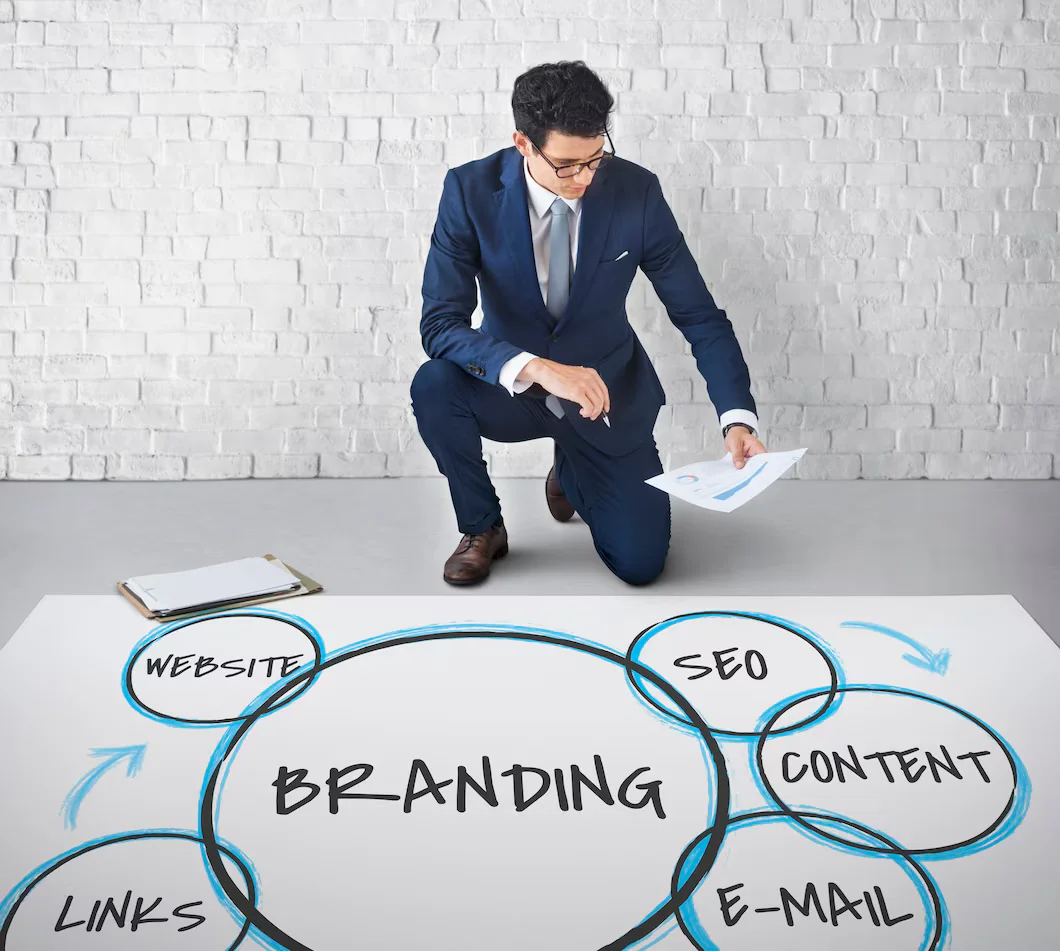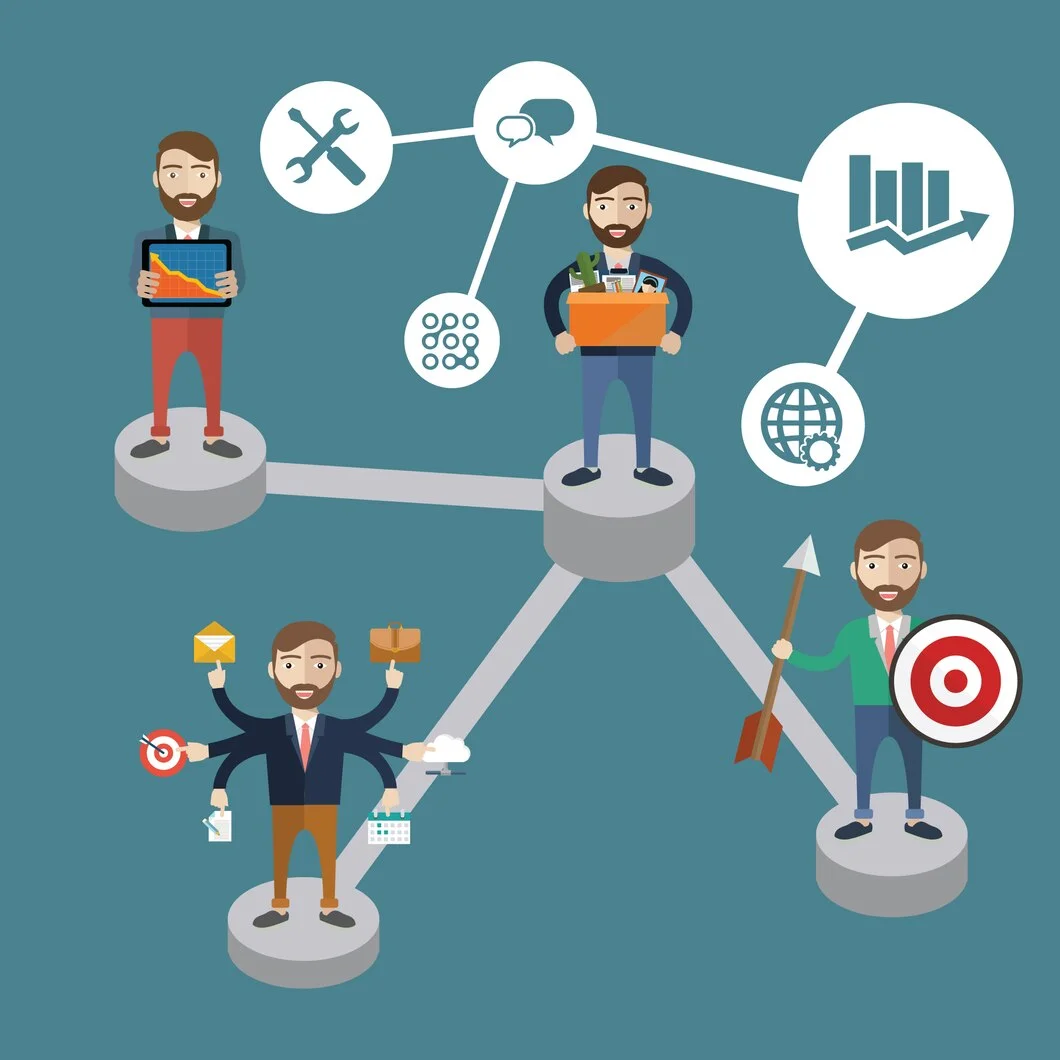How Analysis, Insights, and Results Transform Brand Strategy in 2025

29/09/2025
Start Listening
How Analysis, Insights, and Results Transform Brand Strategy in 2025
The future of branding is no longer about catchy slogans or bold visuals alone; it’s about measurable outcomes. In 2025, businesses are under growing pressure to prove the effectiveness of every rupee spent on marketing.
A recent Deloitte survey revealed that 60% of CMOs are prioritizing ROI-driven digital marketing strategies to justify budgets and drive measurable growth. Against this backdrop, the AIR framework, Analysis, Insights, and Results, is emerging as a game-changer, helping brands build smarter, future-ready strategies.
The AIR framework shifts the conversation from guesswork to clarity. Instead of campaigns built on assumptions, it empowers businesses to rely on market research and insights to guide their direction. With consumer behaviors evolving rapidly, driven by AI, personalization, and digital transformation, brands that master the AIR approach will be better positioned to stay ahead in competitive markets like India.
Let’s dive deeper.

The Core of the AIR Framework
While the framework may sound simple—Analysis, Insights, Results—the real strength lies in its disciplined application. Here’s a concise look at each pillar:
| Analysis |
Laying the foundation with research, using behavioral data, AI tools, and market research consumer insights to deeply understand the audience, competition, and opportunities. This phase ensures strategy isn’t based on instinct but on hard evidence, often with the help of a full-service market research firm. |
|---|---|
| Insights |
Going beyond raw data to uncover motivations, preferences, and unmet needs. For example, rising adoption of mobile-first shopping isn’t just a statistic—it reveals a deeper consumer desire for speed and convenience. These insights connect directly to the future of brand strategy, enabling businesses to create messages that feel timely, authentic, and personal. |
| Results |
In today’s ROI-obsessed climate, campaigns must prove their worth. Results close the loop by measuring outcomes that matter: conversions, customer lifetime value, and revenue growth. Partnering with an ROI-driven marketing agency helps brands ensure that every effort aligns with business goals, not vanity metrics. |
Together, these three steps create a feedback cycle—analysis identifies opportunities, insights inform execution, and results measure performance—allowing brands to continuously refine their strategy.

Ready to apply the AIR framework to your own brand strategy? Bestow helps businesses turn research into measurable results with ROI-driven marketing that works.
Why the AIR Framework Works
So, why has the AIR framework become so relevant in 2025? Let’s break it down:
1. It’s Built for Accountability
Businesses today don’t just want creative campaigns—they want proof that every rupee, dollar, or euro contributes to growth. AIR provides this accountability by directly linking research to measurable outcomes.
2. It Simplifies Complexity
With the explosion of digital touchpoints, companies are drowning in data. The AIR framework cuts through the noise, focusing only on data that translates into actionable insights. This ensures strategies remain sharp, not scattered.
3. It’s Adaptable Across Industries
Whether you’re a fintech startup, an FMCG brand, or an edtech company, AIR adapts seamlessly. Analysis helps uncover industry-specific shifts, insights tailor the messaging, and results show sector-relevant KPIs.
4. It Future-Proofs Strategies
With AI reshaping consumer journeys and new platforms constantly emerging, the future of brand strategy demands agility. AIR equips businesses to adjust quickly, making them resilient to disruption.
How the AIR Framework Drives Business Growth
The practical benefits of AIR extend well beyond marketing teams. Here’s how businesses leverage it:
1. Stronger Customer Understanding
Through robust analysis, brands don’t just identify who their audience is—they understand what drives them. This is where market research and insights merge to form a complete customer profile. A future market insights company profile often includes psychographic data, customer journeys, and behavioral triggers—all crucial inputs for AIR-driven strategies.
2. Smarter Brand Strategy Decisions
Insights ensure that strategy isn’t based on trends alone but on consumer realities. For example, if data shows that Gen Z prioritizes sustainability in purchase decisions, brands can shape campaigns around eco-conscious messaging. This is how AIR strengthens brand strategy in 2025—by aligning with what consumers genuinely value.
3. Measurable Returns
Results-oriented measurement ensures that resources aren’t wasted. By emphasizing KPIs like ROI, customer acquisition cost, and lifetime value, AIR guarantees that campaigns deliver tangible outcomes. Partnering with an ROI-driven marketing agency ensures businesses can confidently tie campaigns back to revenue.
4. Continuous Improvement Loop
Because AIR is cyclical, brands don’t just launch campaigns and move on—they refine continuously. Each result feeds back into the next round of analysis, making the strategy more precise over time.
Why Businesses Need AIR in 2025
The marketing world in 2025 is hyper-competitive and unforgiving. Here’s why AIR isn’t just helpful but necessary:
| Consumers are more informed |
With instant access to reviews, social media, and peer recommendations, today’s buyers are harder to impress. AIR helps brands stay one step ahead by basing messaging on real market research and consumer insights. |
|---|---|
| Budgets are under scrutiny |
As CFOs tighten spending, proving ROI is non-negotiable. AIR delivers a system that makes every campaign defensible. |
| Digital ecosystems are fragmented |
From short-form video to AI-powered search, the landscape is constantly shifting. AIR ensures brands can pivot effectively without losing sight of long-term goals. |
| Global competition is fierce |
Whether you’re a small D2C brand in India or a multinational, AIR provides a framework to compete on equal footing by focusing on research, insight, and measurable results. |

Turning AIR into Action
At Bestow, we help brands bring the AIR framework to life by blending data-driven insights with creative storytelling. By 2025, the brands that stand out will be those that balance creativity with accountability, and the AIR framework of Analysis, Insights, and Results offers exactly that balance. It equips businesses with clarity, direction, and measurable success, making branding less of a gamble and more of a growth engine.
If you’re ready to transform your brand into a strategy that delivers real impact, partner with the Best Branding Agency in Vadodara or consult our Brand Identity Experts. Let’s shape a brand strategy for 2025 that delivers real results.
FAQs
Agility enables brands to respond promptly to evolving consumer expectations and market shifts. Adaptability ensures they remain relevant and competitive in unpredictable environments.
Brands should focus on ROI, customer lifetime value, and engagement rates. These metrics go beyond vanity numbers and reflect true business growth.
Analysis identifies consumer patterns, competitor moves, and market shifts. This data-driven approach helps brands design strategies with higher accuracy.
Customer insights reveal real needs, preferences, and pain points. Brands use these insights to shape products, messaging, and positioning effectively.
It ensures every campaign is tied to measurable outcomes rather than guesswork. This accountability drives consistent and sustainable growth.
Data-driven strategies reduce risks by replacing assumptions with evidence. They also improve personalization, targeting, and customer engagement.
AI-powered analytics, CRM systems, and market research platforms play a key role. These tools turn raw data into actionable strategies.
Strategies in 2025 are more agile, insight-led, and ROI-focused. Unlike traditional approaches, they prioritize adaptability and measurable impact.
Yes, small businesses gain clarity on where to invest for maximum impact. Insights help them compete effectively with larger players.
Analysis validates assumptions with real evidence before execution. This minimizes costly mistakes and ensures smarter decision-making.
Categories
Recent Blogs
Send us a message
We'd love to hear from you
Let's build a plateform that works for you busines and the advertisers who trust it.
Talk to Our Expert